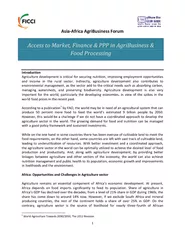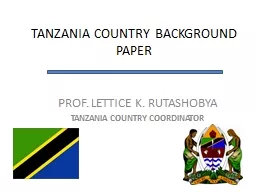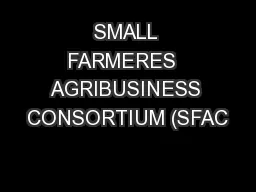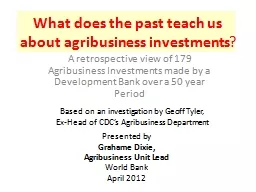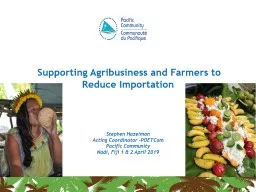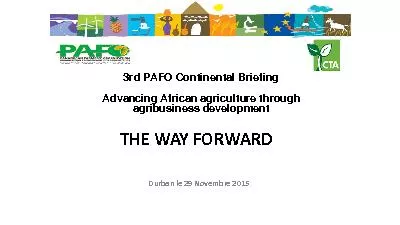PDF-Asia Africa AgriBusiness Forum Introduction Agricultur
Author : phoebe-click | Published Date : 2015-04-24
Indirectly agriculture development also contributes to environmental management as the sector add to the critical needs such as absorbing carbon managing watersheds
Presentation Embed Code
Download Presentation
Download Presentation The PPT/PDF document "Asia Africa AgriBusiness Forum Introduct..." is the property of its rightful owner. Permission is granted to download and print the materials on this website for personal, non-commercial use only, and to display it on your personal computer provided you do not modify the materials and that you retain all copyright notices contained in the materials. By downloading content from our website, you accept the terms of this agreement.
Asia Africa AgriBusiness Forum Introduction Agricultur: Transcript
Download Rules Of Document
"Asia Africa AgriBusiness Forum Introduction Agricultur"The content belongs to its owner. You may download and print it for personal use, without modification, and keep all copyright notices. By downloading, you agree to these terms.
Related Documents

